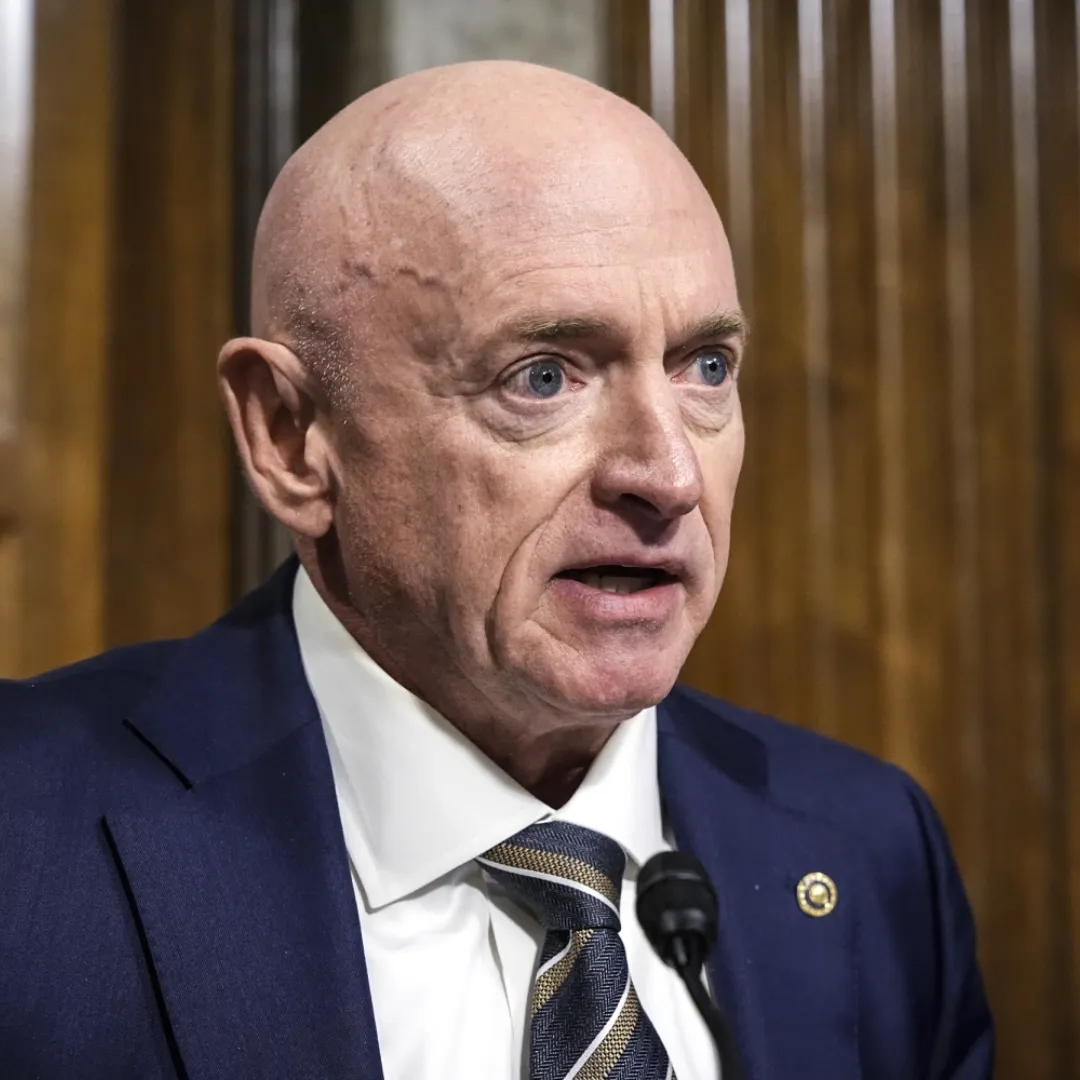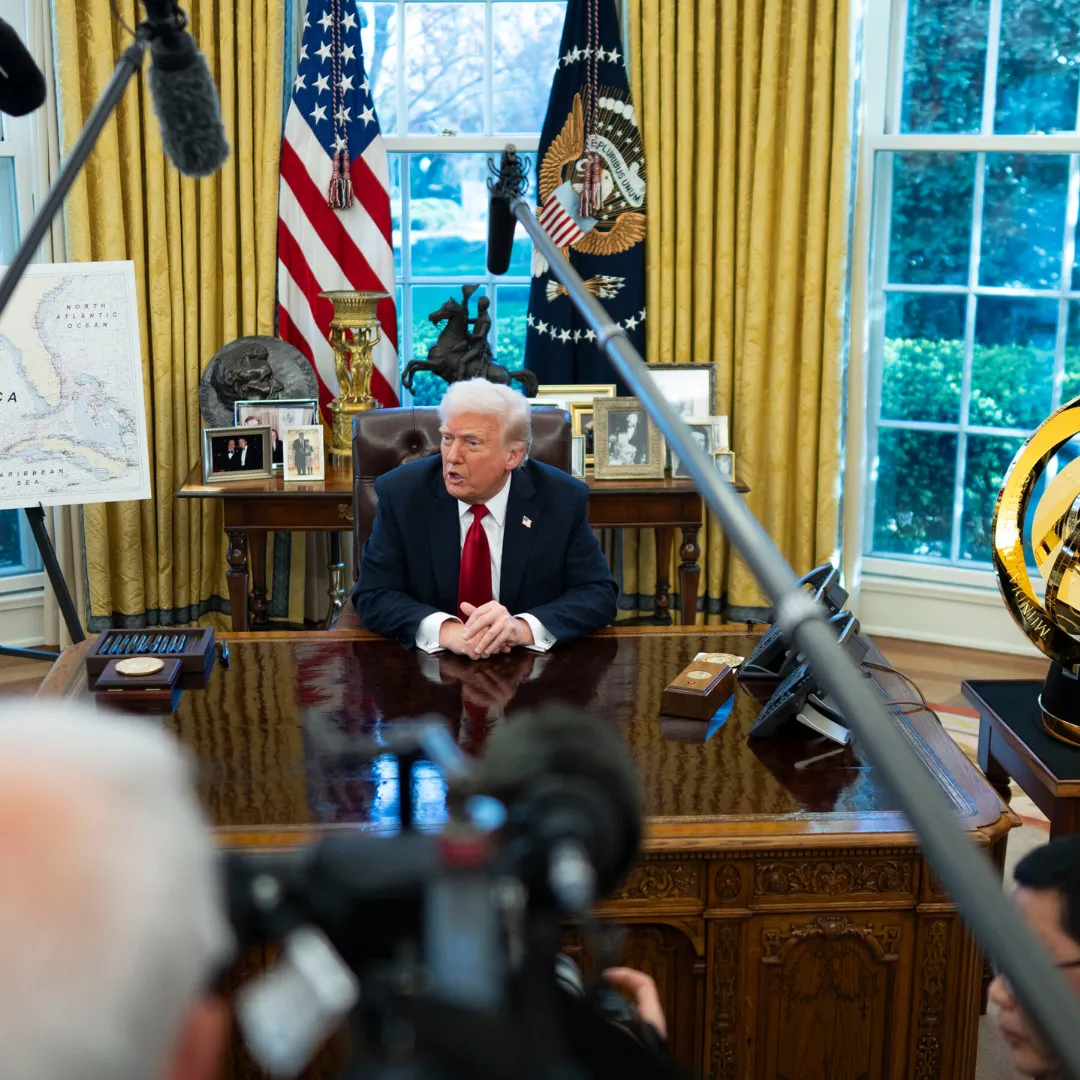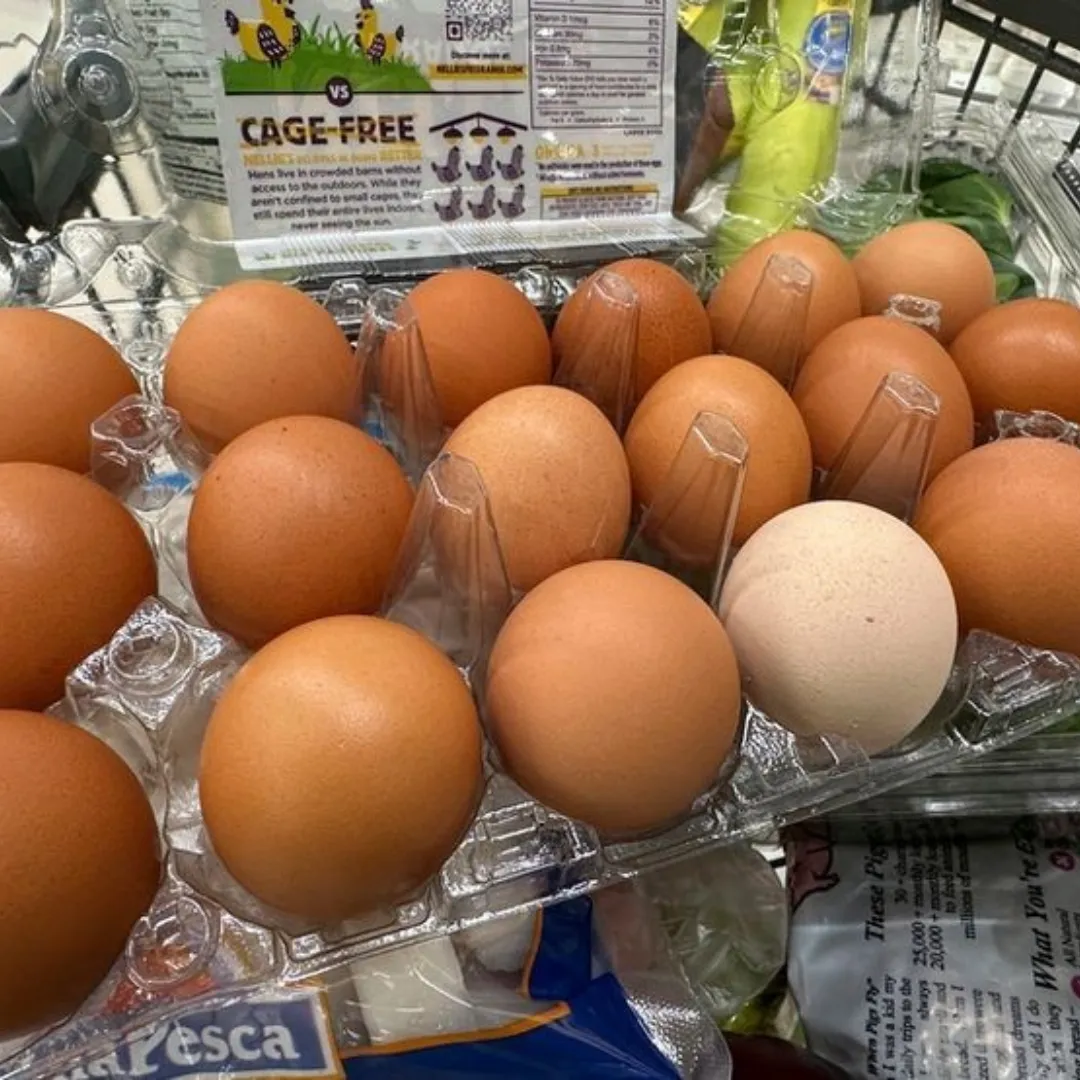
On a recent trip aboard Air Force One, President Donald Trump made a dramatic announcement about his administration’s new $5 million immigrant visa program.
Known as the “gold card,” the revamped investor visa promises to attract wealthy individuals from around the world in exchange for a hefty price tag.
For those with the financial means to afford it, the golden ticket to American citizenship could be just a purchase away.
“For $5 million, this could be yours,” Trump said on Thursday, holding up the gilded, pocket-sized document with his image emblazoned across the front.
“Anybody want to buy one?” he added with a characteristic smile, knowing full well the high price tag would garner attention.
This latest initiative follows his administration's earlier plan to overhaul the EB-5 visa program, a long-standing route for foreign investors seeking U.S. residency.
With the introduction of the gold card, Trump hopes to reshape how immigration, wealth, and success are intertwined in the American Dream.

The new “gold card” is set to replace the current EB-5 investor visa, which has long been a way for foreign nationals to gain U.S. residency in exchange for substantial investments in U.S. businesses.
Since its inception in 1990, the EB-5 visa program required a minimum investment of $1 million (or $500,000 in targeted employment areas) in American businesses that would create or preserve jobs for U.S. workers.
In recent years, the program has been scrutinized for a lack of oversight, leading to accusations of fraud and misuse.
The Trump administration, through its Commerce Secretary Howard Lutnick, announced the decision to overhaul the EB-5 program back in February 2025.
The new gold card program is expected to increase the financial threshold for immigrants seeking U.S. residency, demanding a $5 million investment—a price tag far higher than the original $1 million required under the EB-5 program.
The plan, according to Trump, is designed to ensure that wealthy individuals, who can afford such high investments, contribute significantly to the U.S. economy.
The gold card will still require a vetting process, but with the added benefit of expedited processing and access to a special category of visas that are aimed at attracting the rich and successful to the U.S.
“You have a green card. This is a gold card,” Trump proudly proclaimed when introducing the new initiative. “Wealthy people will be coming into our country by buying this card.

They’ll be wealthy, and they’ll be successful, and they’ll be spending a lot of money and paying a lot of taxes and employing a lot of people, and we think it’s going to be extremely successful.”
While Trump’s comments may sound appealing to supporters of free-market capitalism and economic growth, the proposal has drawn sharp criticism from opponents, who argue that it is yet another example of favoring the rich over the average American citizen.
The gold card visa program is expected to generate significant revenue for the U.S. government.
By setting the price at $5 million, Trump hopes to attract the wealthiest individuals who will not only bring capital into the country but also create jobs, pay taxes, and contribute to various sectors of the economy.
However, critics argue that this plan could create an immigration system that prioritizes wealth over merit or need.
“This is an elitist system that further entrenches inequality,” said political analyst and immigration advocate Maria Garcia.
“We’re creating a pathway to citizenship for the ultra-wealthy, while leaving behind those who may have a greater need to be in the United States—people fleeing war, poverty, or persecution. The gold card is a symbol of the growing divide between the haves and the have-nots.”
Supporters of the gold card visa argue that it will stimulate investment in U.S. businesses, create jobs for American workers, and boost the overall economy.

Trump’s administration has emphasized that the wealthy immigrants entering the country will bring new businesses, contribute to the tax base, and create employment opportunities.
According to Trump, this will be a win-win situation for both the U.S. economy and the immigrants who are willing to invest in the American Dream.
The increase in the visa price is also seen as a way to ensure that only the most financially capable individuals are able to benefit from this program.
By requiring a $5 million investment, Trump hopes to ensure that those who gain U.S. residency through the gold card have the resources to contribute meaningfully to the economy.
The announcement of the gold card visa program has elicited mixed reactions from the public.
On one hand, proponents of the plan see it as a practical solution to attract capital into the U.S. and reward successful entrepreneurs who want to call America home.
The gold card could be a way for wealthy investors to bypass the traditional immigration process and quickly obtain citizenship—essentially buying their way into the country.
“We’ve seen this kind of program work in other countries,” said economist James Stewart. “It’s not a new concept, and it has worked in places like Canada and Australia, where investor visas have brought in billions of dollars in capital.
The difference is that the U.S. is positioning itself as a premier destination for the world’s wealthiest individuals.”

However, others view the program as a thinly veiled attempt to further enrich the elite while doing little for ordinary Americans.
“It’s hard to reconcile this with the idea of a fair immigration system,” said Linda Brown, a longtime immigration reform activist.
“Instead of focusing on refugees or people who truly need asylum, we’re opening the door to those who can afford to pay their way in.”
Some experts also raise concerns about the ethical implications of such a system.
By tying citizenship and residency to financial ability, critics argue, the U.S. could be signaling that only those with the financial resources to pay for it are welcome in the country, disregarding the values of fairness and equal opportunity.
While the program is set to become available in the next few weeks, questions remain about how it will be implemented.
The announcement comes on the heels of Trump’s declaration of sweeping reciprocal tariffs on the U.S.’s foreign trading partners, another bold move aimed at securing more investment and improving the U.S. trade deficit.
In his usual confrontational style, Trump has been pressing other countries to invest more in the U.S. economy, and the gold card visa program is just one of many tools he has used to try and shift the balance of global economic power in favor of the U.S.
In the coming months, the success or failure of the gold card visa program will be closely watched.

Will it attract the wealthy foreign investors that the Trump administration hopes for, or will it spark further division and resentment among Americans who feel that the system is being rigged to favor the rich?
One thing is certain: the gold card visa program is just one part of Trump’s broader vision to reshape the U.S. immigration system, with an emphasis on wealth and success as the key criteria for admission.



